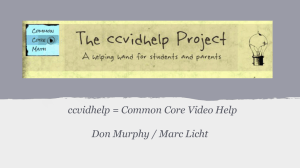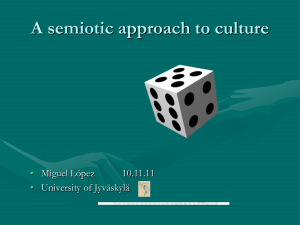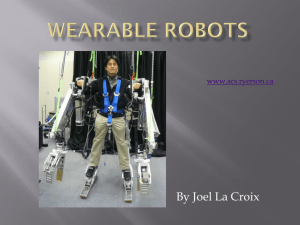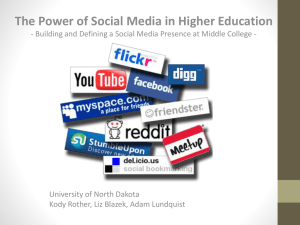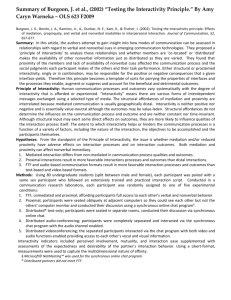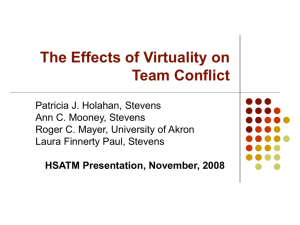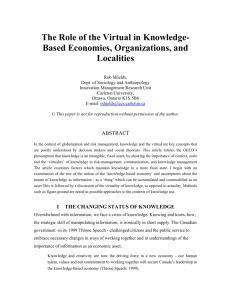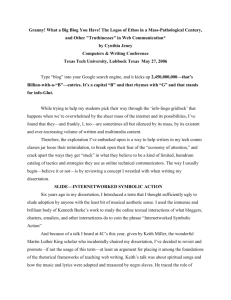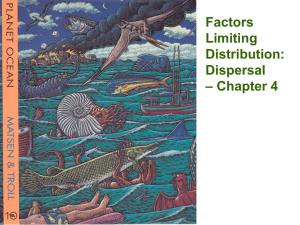h6a2sociology
advertisement
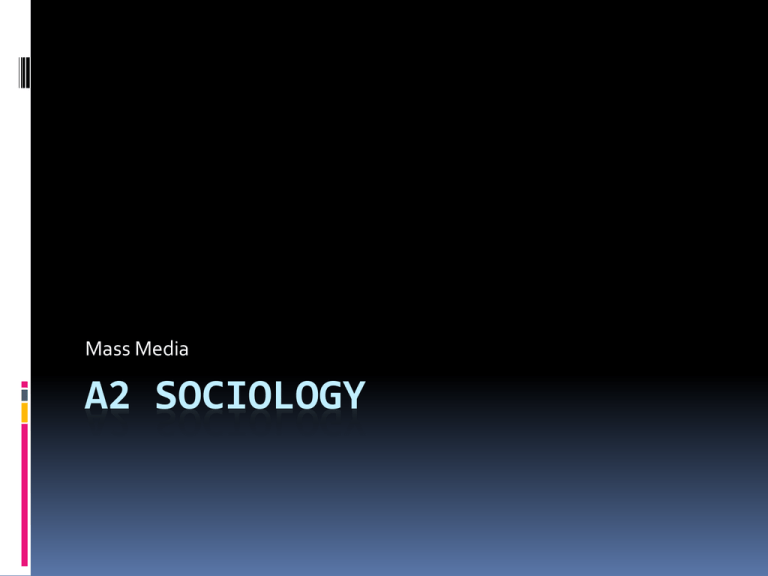
Mass Media A2 SOCIOLOGY A visual explanation http://www.youtube.com/watch?v=8rEmAuR ZhAk So what is mass media The term mass media is used in a number of ways and may refer to: Technology involved in The institutions and communicating to aorganisations large mass concerned with mass media audience without any personal The products of those institutions communication inaswhich people work contact televisions, such as thesuch news, movies televisions such as the press, cinema, computers, DVD players, MP3 soaps, newspaper, magazines. broadcasting. players. Traditional Media Traditional media refers to those media that communicated uniform messages in one way process to very large audiences which were seen as homogeneous (possessing much the same characteristics and interest) New Media Refers to the screen based, digital computer technology involving the integration of images, text, sounds and to the technology used for the distribution and consumption of the new digitised media content which has emerged in the late 20th and early 21st century. Traditional Vs New Media In your groups using the note down as many forms of traditional media and new media. Lister et al (2003) Suggest that what distinguishes the “new” 1. 2. 3. 4. 5. from traditional form of mass media are five main components: Digitality, Interactivity, Hypertextuality, Dispersal, Virtuality. Differences between the traditional and the new media Digitality: essentially meaning using computers where all data (text, sounds and pictures) are converted into numbers (binary code) which can then be stored, distributed and picked up via screen based products like mobiles phones, DVDs, digital TVs and computers. Digitality Interactivity Consumers have an opportunity to engage or interact with the media, creating their own material, customising viewing to their own wishes, with much greater choice compared with the passive consumption or a ‘take it or leave it’ attitude of the traditional media Interactivity Hypertextuality This refers to the links that form a web of connections to other bits of information, which gives users a way of searching, interacting with and customising the media for their own use. Hypertextuality Dispersal The way in which the media has become centralised and more adapted to more individual choices with a huge growth of media products of all kinds which have become a part of everyday life. Chad Hurley ( 2007) –YouTube: there were eight hours of new consumer –generated videos uploaded to YouTube every minute in 2007. Have a think Make a list of all equipment which are a sources of media which you use on a daily basis. Virtuality This refers to the various ways people can now immerse themselves in a wholly unreal interactive experiences in virtual worlds created by new technology (as in computer games), and create for themselves imaginary identities in online communication and networking sites, like MySpace, Bebo, YouTube & Facebook. Virtuality New Media Research task


